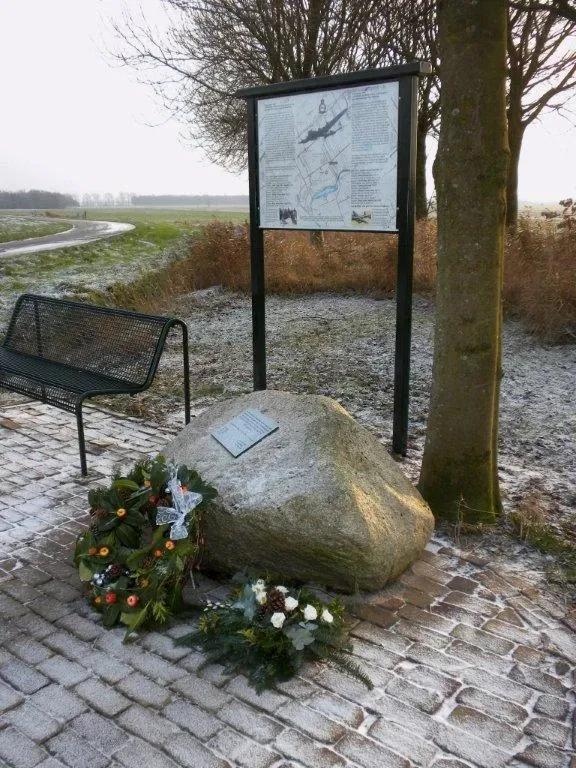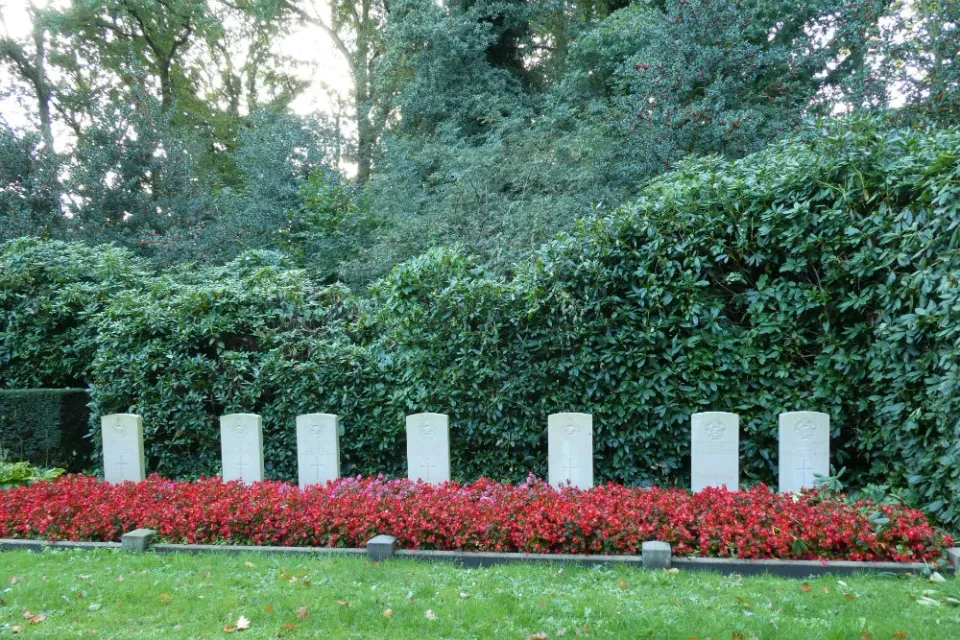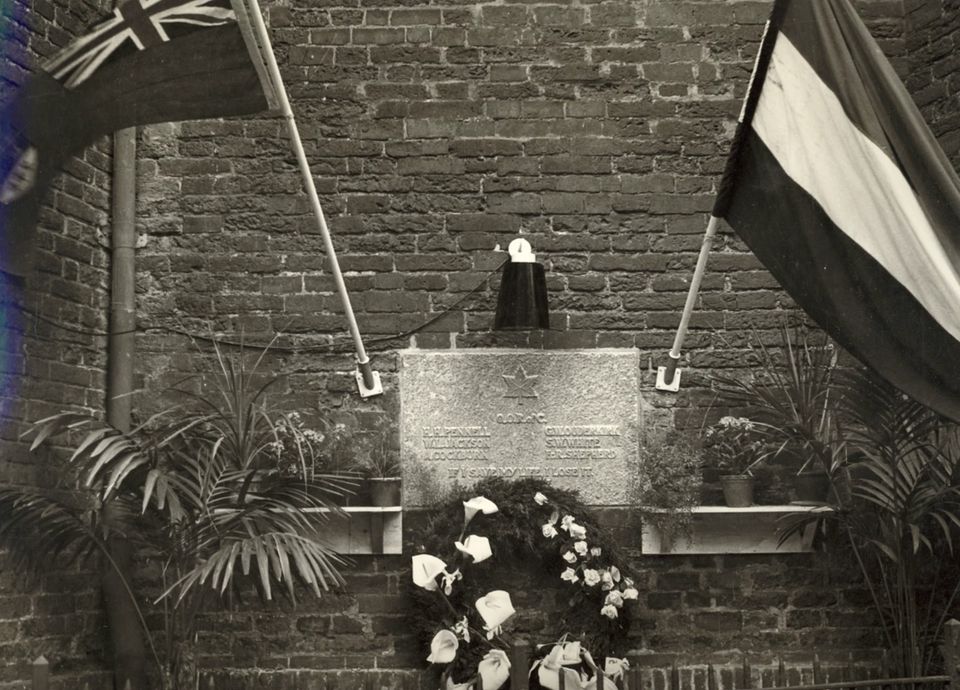Locations
1369 to 1392 of 5517 results
-
2. Zoutsloot
2. Zoutsloot Harlingen
Harlingen
-
Skillige Pypke
Skillige Pypke Feanwâlden
Feanwâlden
-
Oldehove
Oldehove Leeuwarden
Leeuwarden
-
Gast op stal
Gast op stal Wijns
Wijns
-
Go wild
Go wild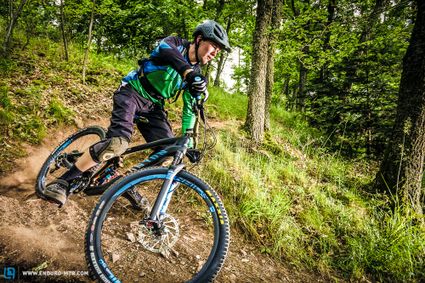 Wijckel
Wijckel
-
Suderkade Haven Grou
Suderkade Haven Grou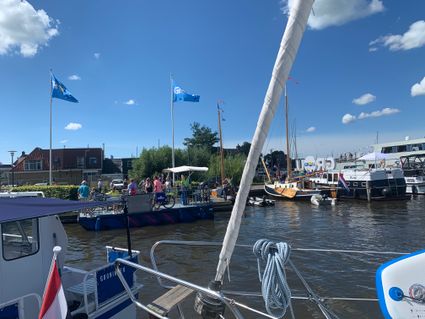 Grou
Grou
-
B&B Thús by ús
B&B Thús by ús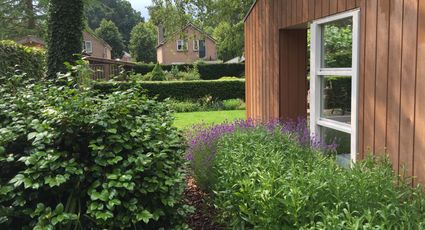 Beetsterzwaag
Beetsterzwaag
-
Sexbierum (Seisbierrum)
Sexbierum (Seisbierrum)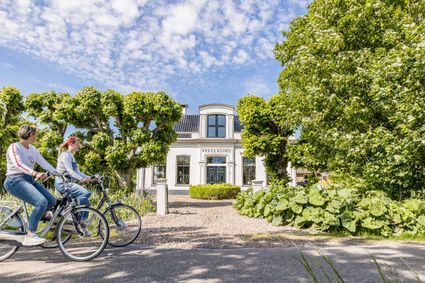 Sexbierum
Sexbierum
-
Hervormde Kerk Nes
Hervormde Kerk Nes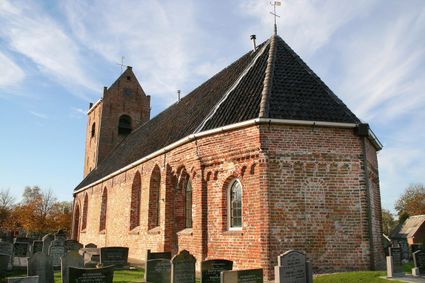 Nes Dongeradeel
Nes Dongeradeel
-
Chalet Petersburg
Chalet Petersburg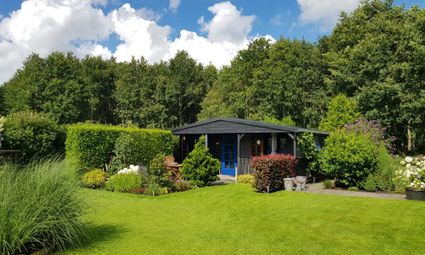 Donkerbroek
Donkerbroek
-
Sint-Martinuskerk Wirdum
Sint-Martinuskerk Wirdum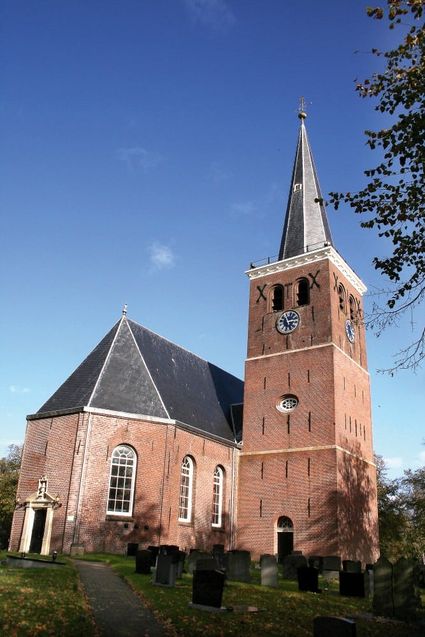 Wirdum
Wirdum
-
Kerk Kollumerzwaag
Kerk Kollumerzwaag Kollumerzwaag
Kollumerzwaag
-
Sacrifice for freedom
Sacrifice for freedom
Near the crash site, the "Monument to Allied Airmen" was unveiled by the sister of one of the crew members in 2004 as a tribute to the fallen crew. A boulder with a plaque and a panel with background information on what happened keep the memory alive.
Of seven soldiers killed, five were British, one Canadian and one Australian. They were buried side by side. Identical white natural stone tombstones with an embossed emblem and cross have been placed at each grave. The cross is not only a symbol of the Christian faith, but also a reminder of the sacrifice made by war victims for a life of freedom.
 Wolvega
Wolvega
-
-
Gedicht: As it iis brekt | Albertina Soepboer
-


Accept cookies to see this content.
Gedicht: As it iis brekt | Albertina Soepboer
AS IT IIS BREKT
as it iis brekt
safolle en ik wit it net mear, mar skerpe redens ride my tebek, tebek
skuorren yn de tsjustere iisbaan fan myn doetiid: it read op de muorre
do hiest neitocht oer hoe’t wy ferdele koenen, de wrâld in better plak
april kaam rûzich, de hynsteblommen waarden dwylsinnich
myn fingerseinen op dyn hûd
in pear nachten waard ik
dy stjer op sterk iis
gjin man gjin frou mar fierder
en ja, hillich skreaust
hjoed lis ik myn hert del tusken stof en tiid
ik sjoch hoe’t fjoer en woastenij op ‘t heden oeral wenje
dat de wite mannen op it plein alle dagen oarlochje boartsje
dat bern dêr de revolúsje ferklearre hawwe oan har eigen tiid
en myn triennen net mear ophâlde kinne
ferdomme, ik tink oan dyn hannen
as it iis brekt Beetsterzwaag
Beetsterzwaag
-
-
Camping Oan e Poel - Comfortabele stacaravan Bluebird
Camping Oan e Poel - Comfortabele stacaravan Bluebird Heeg
Heeg
Direct boekbaar
-
Schaafsma Banketbakkerij
Schaafsma Banketbakkerij Franeker
Franeker
-
Streetfishing in Sneek
Streetfishing in Sneek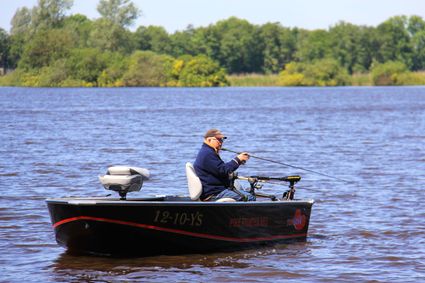 Sneek
Sneek
-
Remains of the Atlantic Wall in Harlingen
Remains of the Atlantic Wall in Harlingen
The bunkers at Harlingen were part of the Atlantic Wall: the more than 6,000-kilometer-long German defense line from Norway to Spain. The Atlantic Wall is one of the largest structures of the 20th century.
The line was built during the Second World War between 1942 and 1945 to prevent an Allied invasion of the Western European mainland from the sea. The Atlantic Wall was a series of separate smaller and larger support points that could give each other fire support.
In many cases they consisted of bombproof bunkers, sometimes with a wall and roof thickness of at least two meters of reinforced concrete. Due to a lack of labour, equipment and fuel, only 510 bunkers of the planned 2000 had been built in the Netherlands. In the English Garden in Harlingen is a German bunker that was part of the Atlantic Wall. It concerns a Communications Command Post with which the Germans coordinated the Frisian coastal defences.
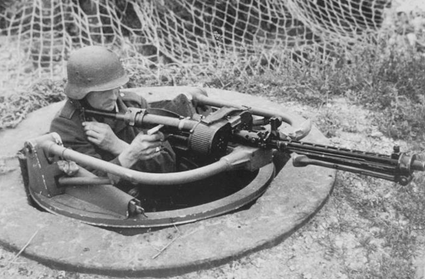 Harlingen
Harlingen
-
-
de Tijnjehoeve - Groepsaccommodatie de Tijnjehoeve (18p)
de Tijnjehoeve - Groepsaccommodatie de Tijnjehoeve (18p)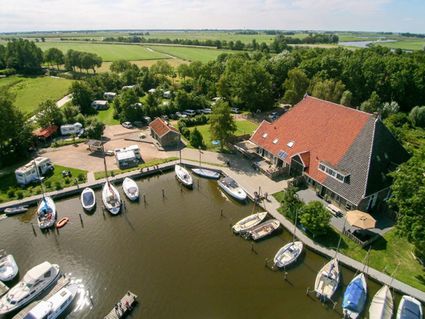 Boornzwaag
Boornzwaag
Direct boekbaar
-
Marina Stavoren
Marina Stavoren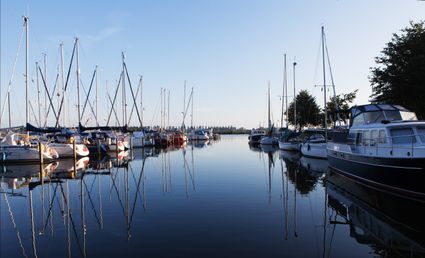 Stavoren
Stavoren
-
Memorial stone for Fallen Canadians
Memorial stone for Fallen Canadians
Sunday 15 April 1945, Friesland's official liberation day, was also the day Sneek welcomed the Canadian liberation forces. It had been an exciting day, and the Dutch Domestic Armed Forces (NBS) had fought quite a battle with the occupiers.
A day earlier, German troops had begun to withdraw from Sneek and the NBS had tried to hinder their retreat along the Leeuwarderweg as much as possible. Until a column of German parachute troops had entered the fray and forced the NBS to retreat.
The Waag building in the middle of the city centre was used as a weapons cache by the occupying forces during the war. To prevent it from falling into Allied hands, the fleeing troops set it on fire at around three o'clock on Sunday. Loud explosions and bangs resounded throughout the city for half an hour.
Once the enemy had left the city, the NBS operatives gathered at the HBS school for instructions and the distribution of weapons and armbands. They went into the city to round up traitors. Then, rumour had it that hundreds of German soldiers were on their way to Sneek from Lemmer. Immediately, fortifications were built at the Water gate.
Canadian units were alerted. They were now in possession of the latest defence plans for Sneek thanks to NBS intelligence and were advancing from Joure towards the town.
In the evening around half past seven, the first patrol of the Canadian infantry battalion Le régiment De La Chaudière rode into town with flame-throwers and machine guns. The German troops stayed away, and the full Canadian battalion followed.
Sneek was liberated, but freedom was not yet guaranteed as German troops tried to escape via the Afsluitdijk towards Friesland. The Canadian Regiment of the Queens Own Rifles moved through Sneek to the Afsluitdijk and fiercely fought at Wons. Six Canadian soldiers were killed. They were temporarily buried at Sneek General Cemetery. In 1946, they were reburied at the Canadian Field of Honour in Holten.
Canadian guests
While waiting to return to their homeland, hundreds of Canadian soldiers were lodged with families in Sneek for about five months. On 1 June, the Perth Regiment arrived in the town, which they temporarily renamed Stratford. They were involved in the liberation of Groningen. A committee was set up to entertain the soldiers with various activities. From dances to sailing competitions and special church services.Cordial ties developed between the liberators and the people of Sneek. And sometimes more than that. For Gordon C. Compton and Atty Bouma, one could even speak of "love at first sight". When the last soldiers return home at the end of November, Gordon decided to stay in the Netherlands. On 9 May 1946, he married Atty in Sneek. Not long after, Gordon and his "war bride" left for Canada.
Several monuments in the city recall the special bond with the Canadian military, which remains very close to this day.
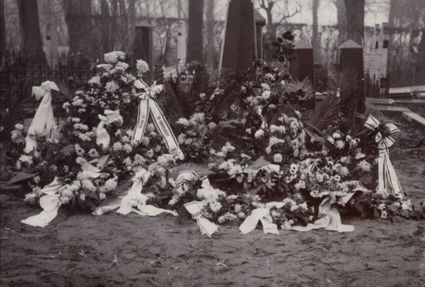 Sneek
Sneek
-
-
De Weyde Blick
De Weyde Blick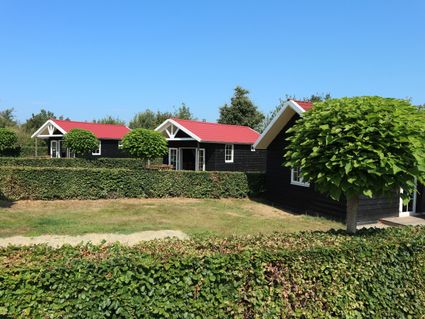 Warns
Warns
Direct boekbaar
-
The Pelgrim House
The Pelgrim House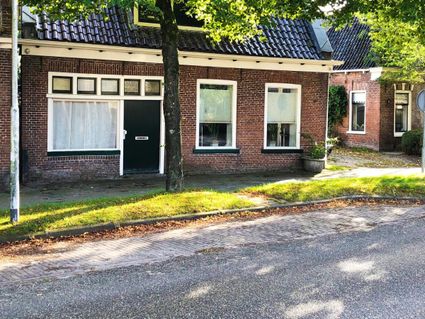 Sint Jacobiparochie
Sint Jacobiparochie
-
Strandcamping Terherne
Strandcamping Terherne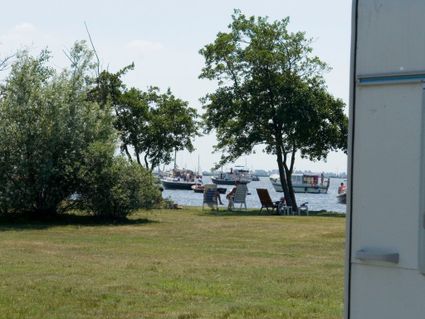 Terherne
Terherne
